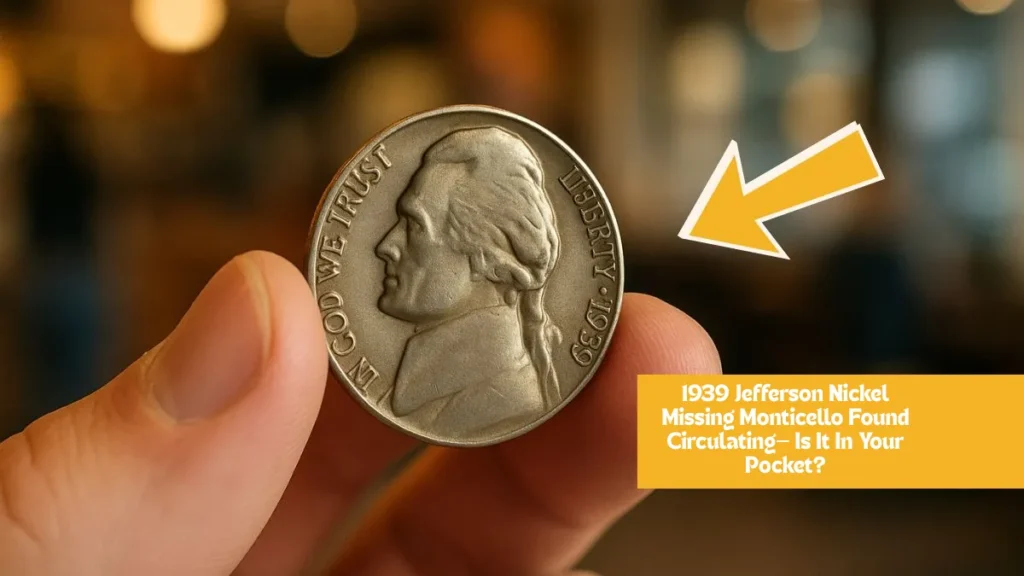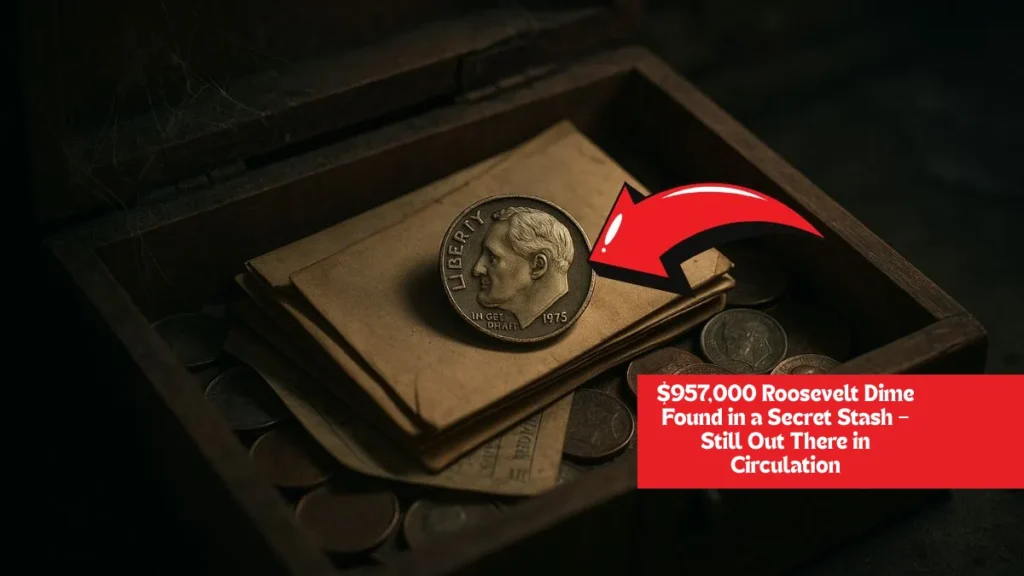The Lincoln Wheat Penny, a staple of American coinage from 1909 to 1958, has recently garnered attention due to reports of a specimen valued at an astounding $101 million. While such valuations are often speculative, they underscore the immense interest and value that rare coins can command in the collector’s market.
Historical Background
Introduced in 1909 to commemorate Abraham Lincoln’s 100th birthday, the Lincoln Wheat Penny was the first U.S. coin to feature a real person. Designed by Victor David Brenner, the obverse showcases Lincoln’s profile, while the reverse features two wheat stalks, symbolizing prosperity. This design remained until 1958, after which it was replaced by the Lincoln Memorial reverse.
The $101 Million Penny: Myth or Reality?
Reports have surfaced about a Lincoln Wheat Penny valued at $101 million, primarily due to its rarity, historical significance, and pristine condition. While such valuations are often speculative and not confirmed by major auction houses, they highlight the immense interest and value that rare coins can command in the collector’s market.
Factors Contributing to High Valuations
1. Minting Errors
Minting anomalies can significantly increase a coin’s value. For instance, during World War II, the U.S. Mint produced pennies using steel to conserve copper. However, a few 1943 pennies were mistakenly struck on bronze planchets, making them exceedingly rare and valuable.
2. Limited Mintage
Coins with low production numbers are inherently rarer. The 1909-S VDB penny, with only 484,000 minted, is a prime example. Its scarcity and the controversy over the prominent display of the designer’s initials make it highly sought after.
3. Historical Significance
Coins minted during pivotal moments in history, such as wartime, often carry added value due to their historical context. They serve as tangible links to significant events, enhancing their appeal to collectors.
Identifying a Rare Lincoln Wheat Penny
If you come across a 1943 Lincoln penny, here’s how to determine if it’s the rare copper version:
- Color: The rare 1943 penny should have a copper color, not the silver hue of the common steel version.
- Magnet Test: Use a magnet; steel pennies will stick, but copper ones won’t.
- Weight: Copper pennies weigh about 3.11 grams, whereas steel ones are lighter.
- Authentication: If your penny passes these tests, have it authenticated by a professional coin grading service like PCGS or NGC.
Preservation Tips
Proper care can maintain or even enhance a coin’s value:
- Handling: Always hold coins by the edges to avoid fingerprints.
- Cleaning: Never clean a coin; cleaning can reduce its value.
- Storage: Store coins in a cool, dry place, preferably in acid-free holders.
Conclusion
While the $101 million valuation of a Lincoln Wheat Penny remains speculative, it underscores the potential hidden value in everyday pocket change. By understanding the factors that contribute to a coin’s worth and taking proper care of your collection, you might just uncover a numismatic treasure.


